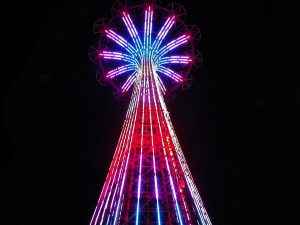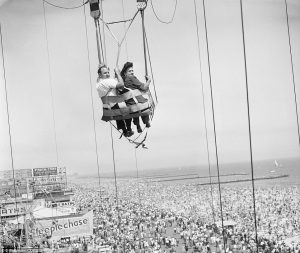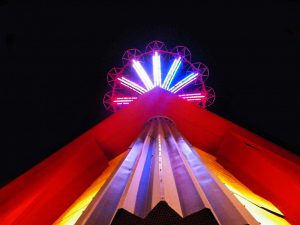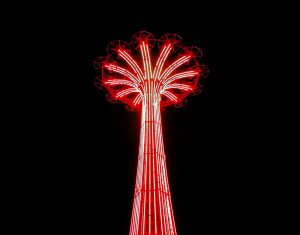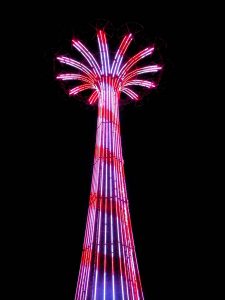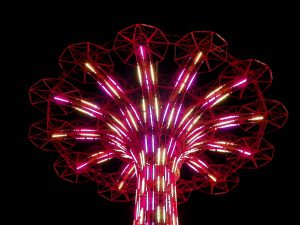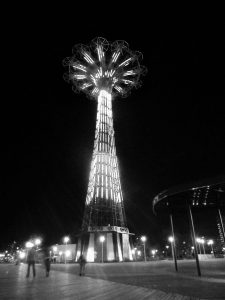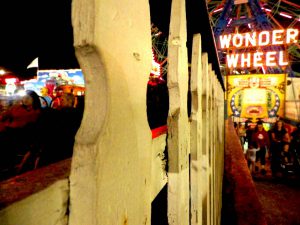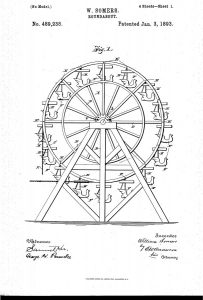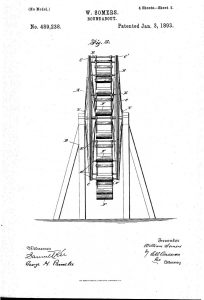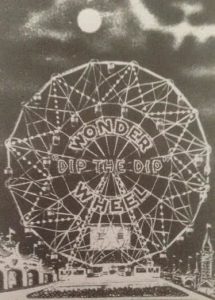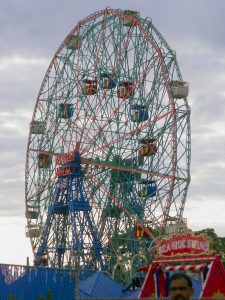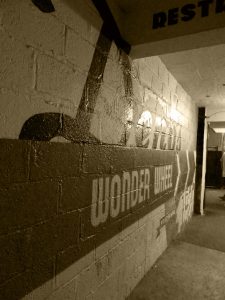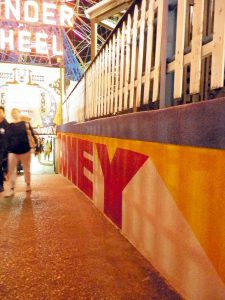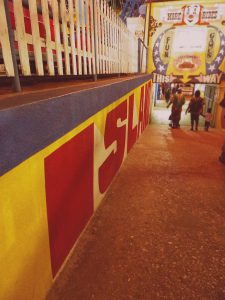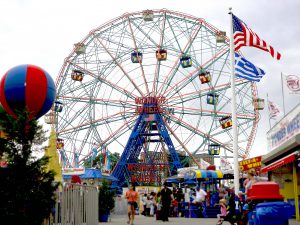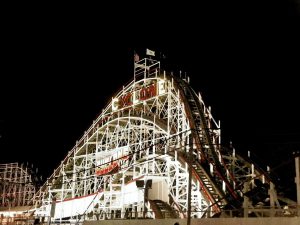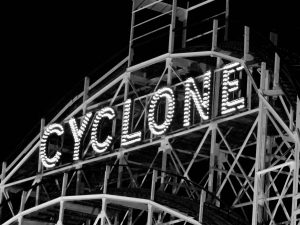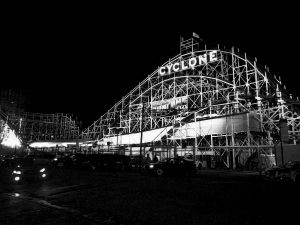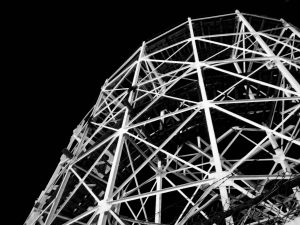
Image by: theblackandwhite
Birthdays are an amazing celebration. They are the special days that occur during the year in which we celebrate and acknowledge the lives of our loved ones by way of cake, balloons, and other party favors or public outings. Birthdays are the established born days…they are how love is created, how relationships begin, and how memories are made; all thanks to the birth of that special person. Whether it’s your mother, your father, your child, or your sibling, everyone deserves this appreciation for the place that they hold in someone’s life, especially on their birthday. This past weekend was my boyfriend’s birthday who, unfortunately, passed away exactly a year and a half ago from osteosarcoma which is an aggressive form of bone cancer. Losing him was the most difficult thing that I have ever endured in my life by far. He was my love, he was my everything, and he stole my heart with that smile of his. I miss him greatly each and every day. But he is always with me in my heart, I see him everywhere in this world that he has left behind. I see him in the whistle of the wind, in the shape of the clouds, and in a mesmerizing sunset. The picture below is actually a photograph that I captured while overlooking Coney Island. If you look closely, it looks as if it is an angel with huge wings, soaring horizontally.

Image by: Brianna Vasquez
One of his favorite places was Coney Island. He was still pretty young when he passed away, but he always had this mentality of being a kid at heart. To this day, I have never met someone who loved cartoons or McDonald’s chicken nuggets and fries as much as he did. He was such a huge fan of Coney Island, though…he loved the amusement park and all of its thrilling rides. He enjoyed the serenity of the beach and the view that you could observe of the sun setting with the sand and water as the backdrop. He would be so excited to see the fireworks there as they lit up the entire sky with bursts of vivid colors. He especially liked the food; he’d always get fries from Nathan’s, as well as a hot dog on occasion. But he would almost always buy a root beer. He loved those; it was his favorite flavor of soda and it was mine too.

Image by: Mike Carey
We would always share our root beers with each other whenever we had one. And, even when he got sick, here I was, spoiling him without his mother’s knowledge with root beer. I wanted to dedicate this post to him. I visited the Coney Island Brewery last summer and I would definitely recommend going to this amazing place. It was an admirable experience; the brewery offers free tours and sells beer pints, beer flights, as well as the company’s merchandise apparel. I, of course, decided to try one of the hard sodas which are essentially an alcoholic version of soda…a soda pop for adults. The root beer flavor was stunning and made for a great ode to my boyfriend.
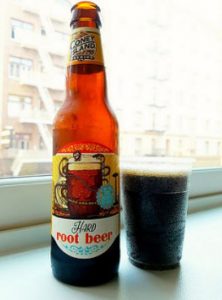
Image by: The Sampler
So I say, cheers to my handsome guy for his second birthday in heaven. I love you so much.

